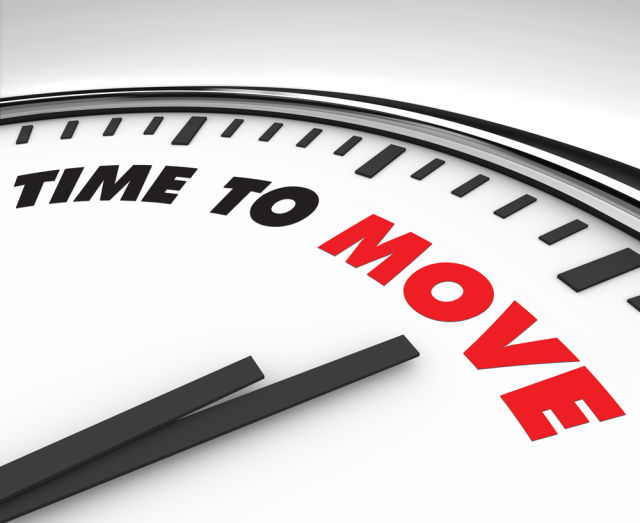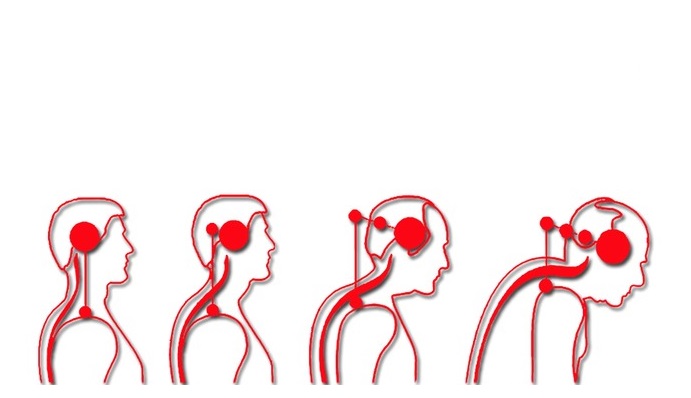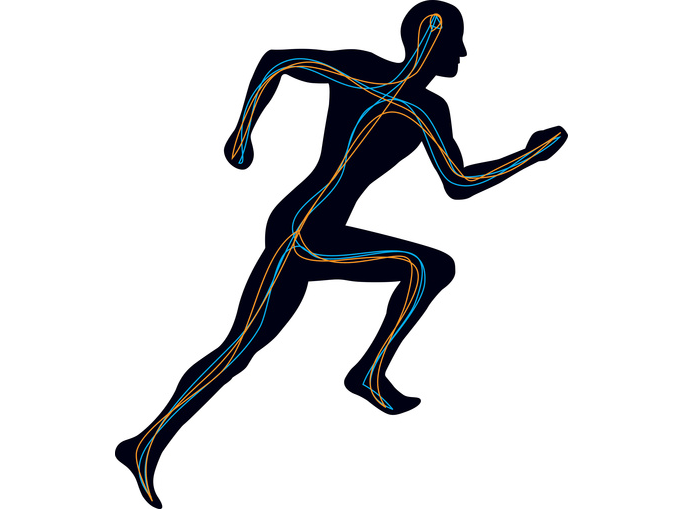
As a society, we need to stop thinking of exercise as something that requires a change of clothes and a warm-up – after all, you wouldn’t do either of those things in an emergency. Life is busy, and fitting in exercise can be tough – but it doesn’t have to be that hard. By making a few simple changes to your life, you’ll be in better shape in weeks. It’s worth the effort – as well as making you happier, there’s evidence that regular physical activity can protect you from everything from obesity to Alzheimer’s. To help, here are 6 ways to move more every day:
1. Always Take the Stairs
Simple, and yet so easy to avoid. It’s easy to rationalize taking the easy way – elevator, escalator, that cool motorized walkway thing at airports – because you’ve had a long day, or you’ve got a heavy bag, or because it barely burns any calories anyway, right? But that misses the point. There’s evidence that even minimal amounts of resistance exercise can increase your body’s levels of a substance called GLUT4, which encourages calories from food to be stored in muscle cells rather than as body fat – so even a single flight of stairs helps.
2. Walk More
You’ve heard this one before, but it’s worth looking at the numbers to get the full picture. According to a 2012 study, participants who ran one mile burned 112 calories, but those walking a mile still burned 88. While running means preparation, getting changed, finding a shower and – depending on how fast you go – a level of unpleasantness that can be tough to get psyched up for. Walking is just walking. Get off the bus a stop earlier, or park a little farther away and enjoy your exercise – without any need for equipment.
3. Break Up Your Sitting
We’ve addressed this over on over on this blog. Sitting down puts your body in neutral – it constricts circulation, slows your metabolism, shuts off muscles and tightens your connective tissues (fascia). Even exercising for an hour a day can’t do much to compensate for the 10 hours you spend slumping in a variety of chairs. But fortunately there’s a solution: just stand up. Take small breaks as frequently as possible. Go to the bathroom. Use a smaller water cup so you have to refill it more often. Do a lap around the office. Ask for a stand-up desk. Step outside for a minute to get some fresh air. Stand while you’re talking on the phone.
4. Sit on the Floor at Home
Yes, like a child. Here’s why: modern sofa technology has advanced to the point where you can remain essentially motionless through an entire Netflix streaming session, but if you sit on the floor for exactly the same amount of time you’ll be squirming, stretching, essentially changing position the entire time. If you’re feeling really motivated, this would also be an ideal opportunity to foam-roll away some of the aches and pains of everyday life – there’s a brief guide to that here.
5. Do the 10-minute Squat Every Day
In most countries, the deep squat is still part of everyday life – it’s just how you sit, relax, or go to the toilet. For many Americans, user of chairs and western toilets – – we probably haven’t done one in years. But you should – it’ll help enormously with your hip and ankle mobility, as well as providing you with a jolt of isometric exercise. Mobility expert Kelly Starrett suggests that you should be able to hold the position for 10 minutes, but if you can’t, just start with a minute at a time – it all counts, and it all adds up.
6. Get a Pull-up Bar
If you’re doing a lot of sitting – as in hunching over your desk or driving in a car all day – you should be doing pull-ups. They’ll counteract the computer-hunch, improve the health of your spine, build your arms and work your core muscles better than weighted crunches. Get a bar that clips over your door frame and aim to do one or two reps each time you pass through it during the day. Can’t do a pull-up? Try this: “Jump” to the top position, then lower yourself as slowly as you can – just for a rep or two. You’ll get there eventually.





